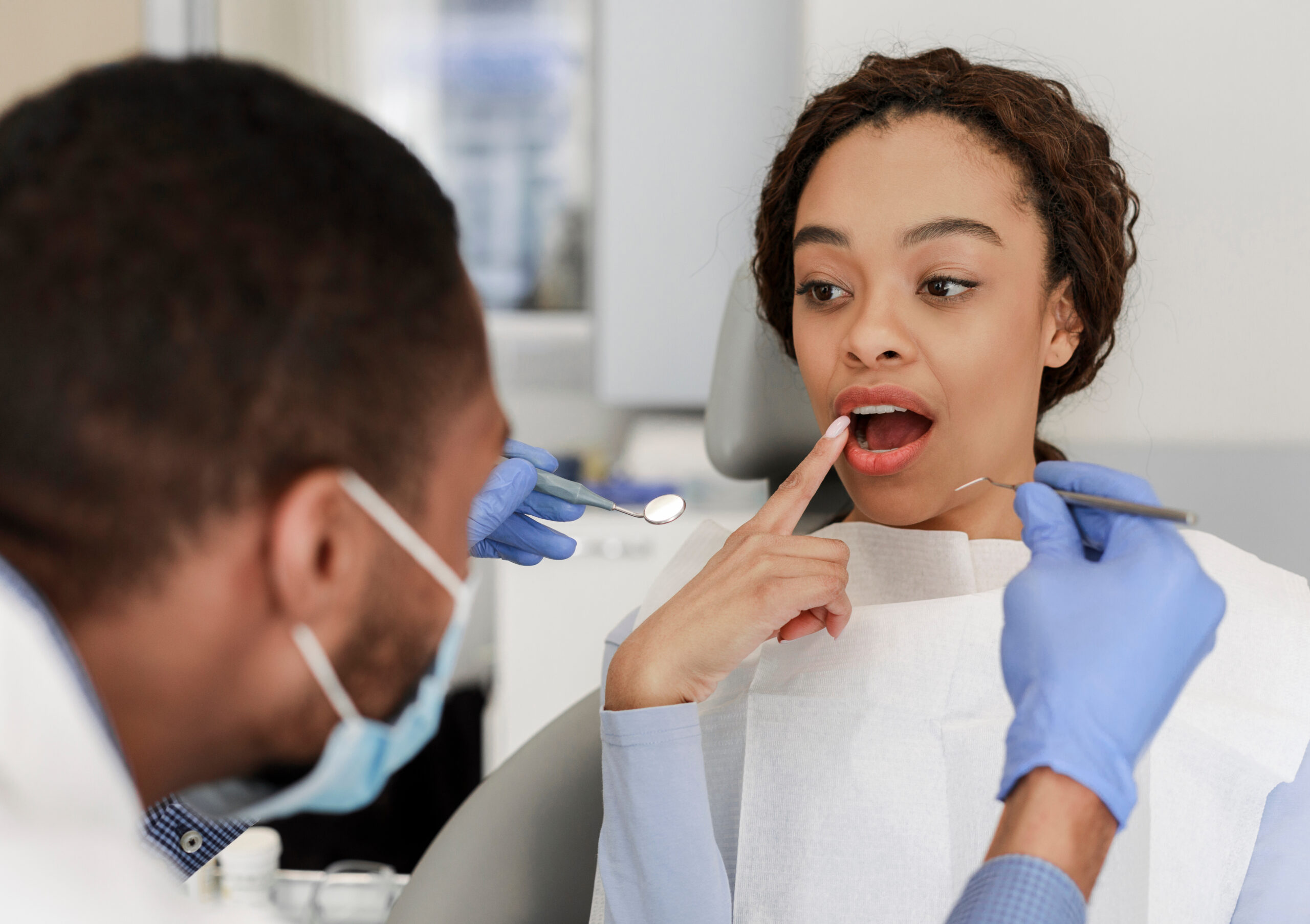Orthodontic rubber bands, also known as braces or Invisalign elastics, ensure your top and bottom arches shift into a well-functioning and aesthetically pleasing position. Whether you’ve decided on the innovative LightForce braces we exclusively offer at Piskai Orthodontics or trusted Invisalign aligners, rubber bands are used to correct bite issues like underbites and overbites.
So how do elastics achieve a well-aligned bite? Simply put, orthodontic elastics connect your top and bottom arches and provide an extra pulling force to gently move your jaw and teeth into alignment. When Dr. Piskai designs your custom treatment plan, she’ll choose where your orthodontic elastics will connect based on the jaw movement that’s needed for your best smile.
But then the upkeep of your orthodontic elastics is up to you! Braces and Invisalign elastics need daily maintenance to ensure they’re working efficiently to align your jaws. What does this upkeep look like? Let’s talk about five tips for maintaining your elastics and getting the most out of them during your orthodontic treatment.
Tip #1. Follow Your Orthodontist’s Instructions
It kind of goes without saying, but we’ll say it anyway: it’s super important to follow your orthodontist’s instructions regarding your orthodontic rubber bands. Dr. Piskai will provide specific guidelines at the start of your orthodontic treatment; sticking to your personalized treatment plan will ensure you achieve optimal results and prevent any potential complications, like putting too much pressure on your jaws and teeth. If you’re not sure about any part of your orthodontic elastics routine, call us at our Voorhees, NJ, office and we’ll help you out.
Tip #2. Consistency is Key
Consistency is crucial when wearing orthodontic rubber bands. What does consistency look like with your braces or Invisalign elastics? Typically you’ll wear them for a specific number of hours every day, both during the day and while sleeping. Consistently wearing your rubber bands will encourage your jaws and teeth to move in the desired direction.
Tip #3. Proper Placement
Proper placement of orthodontic rubber bands helps you get the most out of wearing them. When you first get your braces or put on your first set of clear aligners, Dr. Piskai will guide you on the correct technique for attaching your orthodontic rubber bands. You can even take a picture when they’re first put on in our office so you know exactly where they should go.
How to Put on Your Braces or Invisalign Rubber Bands
At home, stand in front of a mirror and use your thumb and index finger to hook the rubber bands onto your braces or Invisalign clear aligners. After some practice, you should be able to do this by feel — without the mirror and much more quickly.
Pro tip: If getting your rubber bands onto your orthodontics is proving extra tricky with just your fingers, try these orthodontic elastic placers for hands-free elastics attachment.
Tip #4. Change Out Elastics Regularly
Orthodontic rubber bands lose their elasticity over time which reduces their effectiveness so you have to change them out as recommended by your orthodontist. Failing to replace them regularly may lead to less-than-ideal forces on your bite, hindering progress and potentially prolonging your treatment time.
You typically need to change out your braces rubber bands or Invisalign elastics a few times a day to keep them clean from plaque and food debris and maintain the correct tension. Always replace both sides simultaneously to ensure you exert the same force on both sides of your jaw.
Always keep a sufficient supply of rubber bands in a clean, dry container and replace them as instructed to maintain consistent force throughout your treatment. If you notice you’re running low, contact our office to get more right away so you won’t have a gap in treatment.
Tip #5. Maintain Excellent Oral Hygiene and Clean Rubber Bands
When wearing an orthodontic appliance and rubber bands, maintaining excellent oral hygiene is key for keeping your treatment on track. In contrast, rubber bands with trapped food particles and a layer of plaque can lead to tooth decay and gum disease, both of which can delay treatment.
We suggest taking your elastics out when eating and reattaching them after you’ve brushed your teeth at the end of your meal to keep them clean. You can also clean your rubber bands before putting them back in with a mild, non-alcoholic mouthwash or rinse them with water so they’re fresh.
One-of-a-Kind Smiles in South Jersey
At Piskai Orthodontics, we go the extra mile to ensure our patients enjoy every step of their orthodontic journey. Ready to boost your smile with braces or Invisalign? Board-certified orthodontist Dr. Cara Piskai can help you achieve the smile of your dreams with our comfortable, high-tech approach and friendly personal service.
Give us a shout to set up your free initial consultation at our Voorhees, NJ office.




